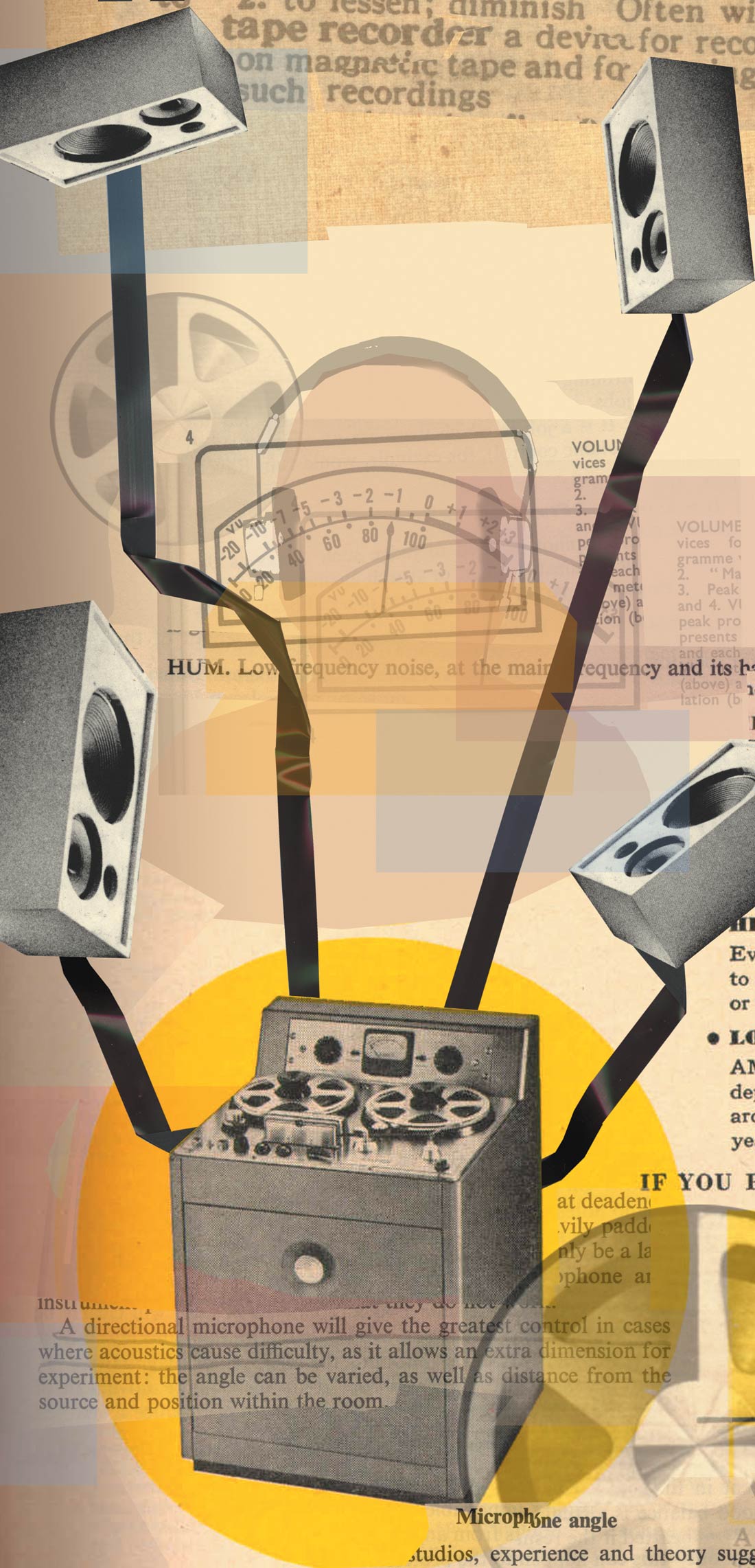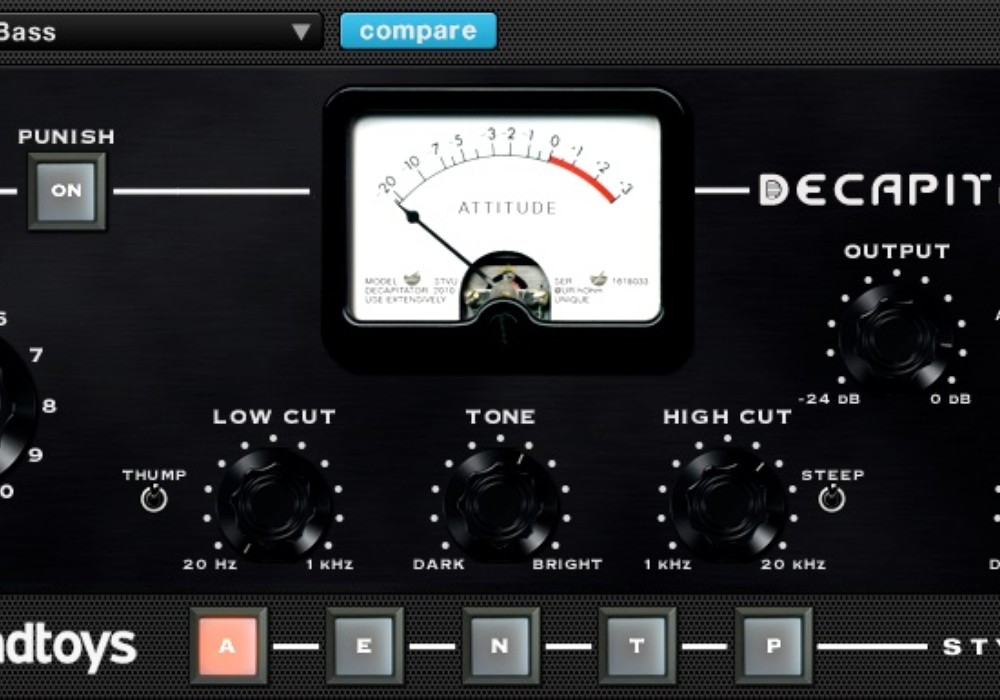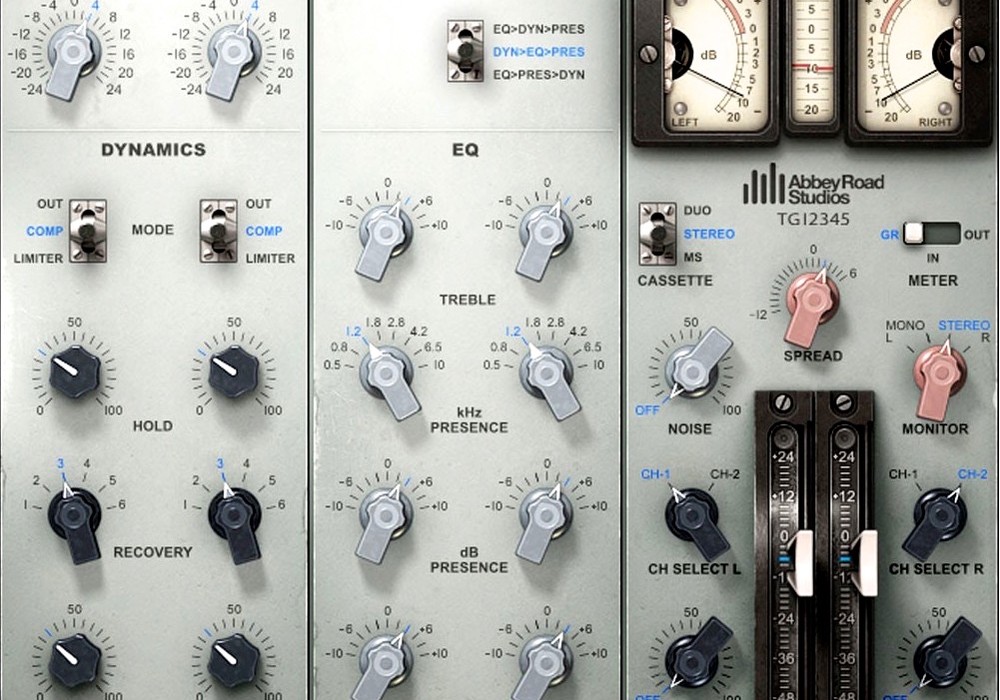Julian Standen did a short review of the Oxford Eqs for Pro Tools TDM in Tape Op 26 and mentioned how great they sounded. I firmly agree with Julian and have to pretty much say that this plug-in(s) are the Rolls Royce of digital software EQs. But, like a Rolls Royce, they're not exactly cheap: 870 Euros on Sony's web site. (That's right, Euros. It's a big world, get used to it! However, Sony has recently entered some licensing deals in the USA, Europe and Japan, so this should change soon.) The EQs were developed by the Sony Oxford group as part of their Oxford digital console. I've never used, or even seen, one of these consoles, but they're considered one of the best digital consoles made. Besides the amazing sonic performance of these EQs -they have the smoothest top end response I've heard on software EQs- the single coolest thing about this EQ is that it's really four different EQs. Five if you count the optional GML (Yep, that mean George Massenburg Laboratories) EQ. You may have noticed that I've been referring to the EQs in plural. That refers to the four totally different EQ algorithms included in the basic Oxford plug-in. (Sony's website, sonyplugins.com, has lot's of good very technical info on the science behind these EQs, so I'm gonna minimize that aspect here.) EQ 1 is the most precise and surgical of the EQs. It's similar to the SSL 4000 series EQs and has minimal gain and bandwidth dependency. This is best used when you need a very clinical EQ and have the time to really fiddle with it. EQ 2 is similar to 1 but has a narrower bandwidth in cut mode which will give you a more gentle boost but a nice narrow cut when pulling out those annoying frequencies from a track. EQ 3 has more gain/bandwidth interaction whereby the bandwidth gets narrower with more cut or boost. This is the classic 'musical' EQ and is similar to the older Neves and SSL G series EQs. EQ 4 is similar to 3 but with even more gain/bandwidth interaction. Finally, there's the GML EQ which is a faithful model of the GML 8200 EQ. (This EQ is an extra 350 Euros.) I most often see the 8200 in mastering studios and thought the EQ curves seemed very soft and musical, especially in contrast to EQ 1 and 2. I should also mention that the GML EQ will allow you to set a center frequency as high as 26k, even at 48k sampling rates. Now obviously, (Nyquist's theorem) you can't actually reproduce 26k, but this does allow for EQ curves that move right up to the upper limits of digital recording. (All five of the EQs use some special Sony Oxford algorithms to address what's known as HF 'cramping' to get better top end response. More science on their web site) There are five bands of EQ, each with plenty of overlap, plus low and high pass filters that have slopes from 6 to 36 dB per octave. Each band is fully parametric with gain, frequency and bandwidth controls. The graphic interface of the plug- in is designed to look like the Oxford console's EQ with graphic knob representations that show actual number data as you move them. There's also an XY graph of frequency versus gain to visually represent your EQ settings. Although it all works fine, the GUI is my only real complaint about the Oxford EQ, and that's because my other favorite software EQ, Metric Halo's ChannelStrip, has a far superior GUI. In addition to the "make it look like a piece of hardware, but it's not and turning knobs with a mouse sucks" interface, ChannelStrip also has a very intuitive GUI in which you just grab points on the XY EQ curve to manipulate the settings. Using ChannelStrip is much more intuitive, fast and more musical than using the Oxford plug-ins. It would be great to see the Oxford group implement something like this in a future release. But, this is a minor complaint next to the sonic mojo and versatility of this EQ. I can't overstate how cool it is to be able to dial up a tentative EQ setting and then instantly see what it sounds like on five totally different EQs. I recently remixed some demos for the Bay Area band Call And Response and used the Oxford EQs in lieu of the stock EQs and the band said the mixes sounded much better, "more like a finished album, than the older mixes, " which is what you want your clients to say right? So yeah, these plug-ins are crazy expensive, and cost more, in fact, than most RTAS systems that run them. (I should note that due to piracy concerns, Sony has not publicized the RTAS versions of the EQs, but when you buy the TDM version, it is bundled and works great with RTAS systems. I was even able to run quite a few instances on an M-Box. Last minute news: Sony has just announced that they will release an RTAS version in the near future and that it will be priced lower than the TDM version. Sony also has the Oxford EQs available for TC's Powercore card which we'll be reviewing next issue.) But when you consider that most RTAS systems have EQ that is almost worthless, you may need to consider a high quality plug-in like the Oxford EQ as essential if you're really serious about the promise of high quality desktop recording, and especially, mixing. (available online at www.sonyplugins.com)
Effects, Plug-Ins | No. 105
A Swiss-Army Knife for Harmonic Distortion: Pete Weiss Reviews Soundtoys Decapitator
by Pete Weiss
Soundtoys Decapitator has been around for a while now, and it's one of my favorite plug-ins. I was surprised when Andy Hong asked if I wanted to review it — oddly, it had never been reviewed in...







_disp_horizontal_bw.jpg)